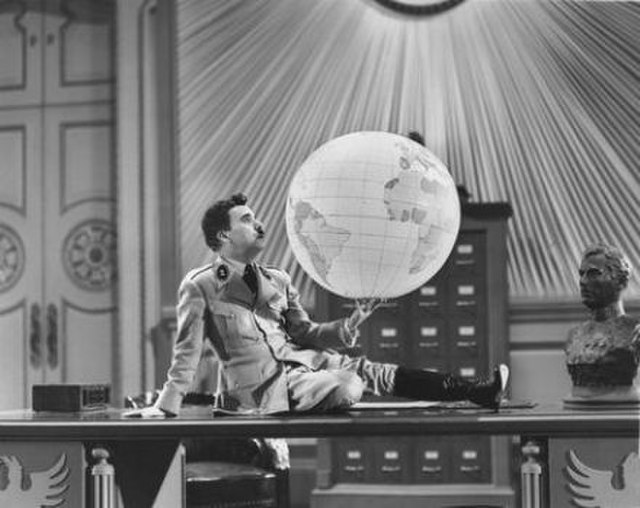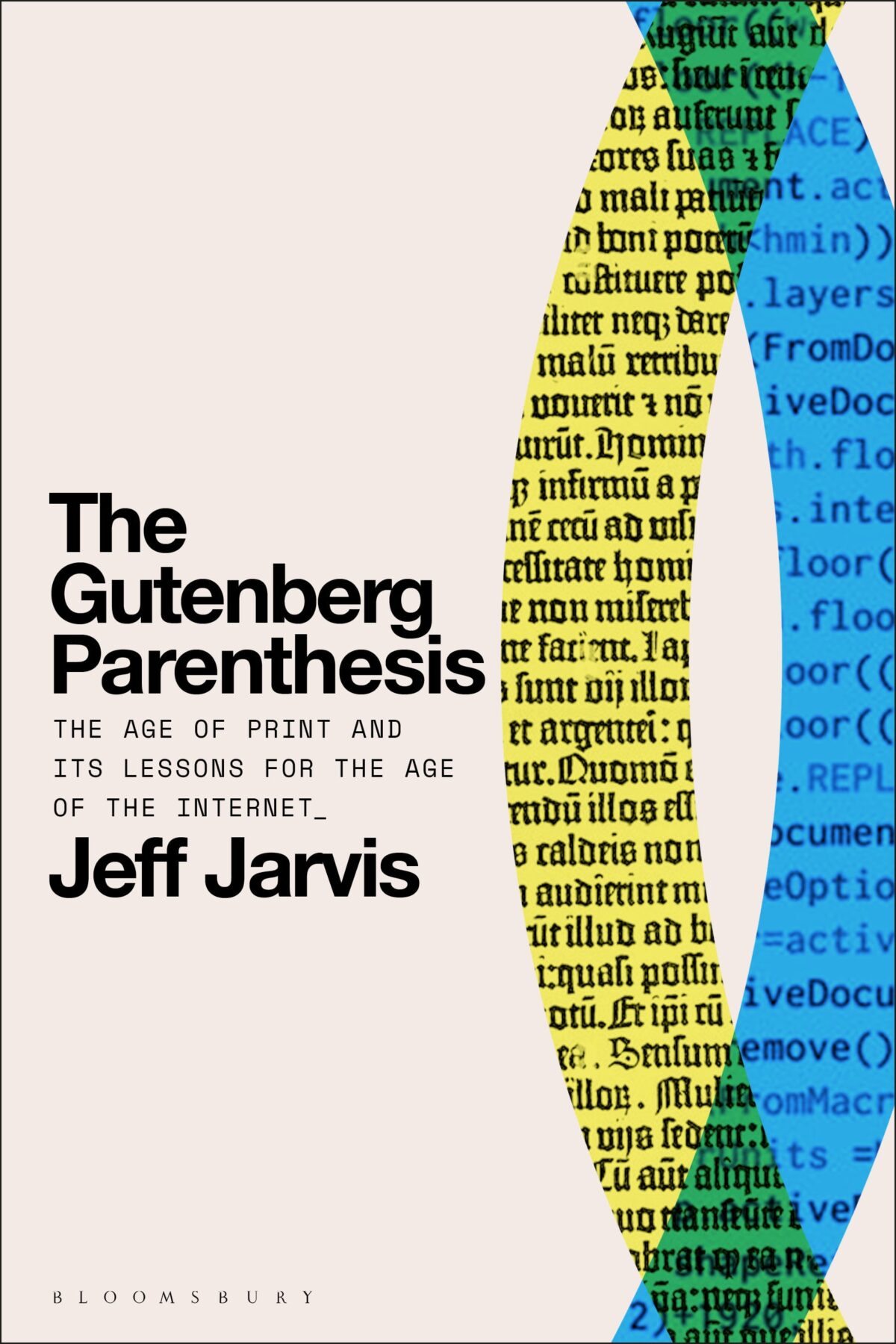Be careful what you allow the authorities to do to people you despise, because one day those same tools will be turned against you.
In the last few weeks, the shocking stabbing of three young girls at a dance class in Southport became the spark to ignite riots across the UK by people who apparently believed social media theories that the 17-year-old boy responsible was Muslim, a migrant, or a terrorist. With the boy a week from his 18th birthday, the courts ruled police could release his name in order to make clear he was not Muslim and born in Wales. It failed to stop the riots.
Police and the courts have acted quickly; almost 800 people have been arrested, 350 have been charged, and hundreds are in custody. In a moving development, on a night when more than 100 riots were predicted, tens of thousands of ordinary citizens thronged city streets and formed protective human chains around refugee centers in order to block the extremists. The riots have quieted down, but police are still busy arresting newly-identified suspects. And the inevitable question is being asked: what do we do next to keep the streets safe and calm?
London mayor Sadiq Khan quickly called for a review of the Online Safety Act, saying he doesn’t believe it’s fit for purpose. Cabinet minister Nick Thomas-Symonds (Labour-Torfaen) has suggested the month-old government could change the law.
Meanwhile, prime minister Keir Starmer favours a wider rollout of live facial recognition to track thugs and prevent them from traveling to places where they plan to cause social unrest, copying systems the police use to prevent football hooligans from even boarding trains to matches. This proposal is startling because: before standing for Parliament Starmer was a human rights lawyer. One could reasonably expect him to know that facial recognition systems have a notorious history of inaccuracy due to biases baked into their algorithms via training data, and that in the UK there is no regulatory framework to provide oversight. Silkie Carlo, the director of Big Brother Watch immediately called the proposal “alarming” and “ineffective”, warning that it turns people into “walking ID cards”.
As the former head of Liberty, Shami Chakrabarti used to say when ID cards were last proposed, moves like these fundamentally change the relationship between the citizen and the state. Such a profound change deserves more thought than a reflex fear reaction in a crisis. As Ciaran Thapar argues at the Guardian, today’s violence has many causes, beginning with the decay of public services for youth, mental health, and , and it’s those causes that need to be addressed. Thapar invokes his memories of how his community overcame the “open, violent racism” of the 1980s Thatcher years in making his recommendations.
Much of the discussion of the riots has blamed social media for propagating hate speech and disinformation, along with calls for rethinking the Online Safety Act. This is also frustrating. First of all, the OSA, which was passed in 2023, isn’t even fully implemented yet. When last seen, Ofcom, the regulator designated to enforce it, was in the throes of recruiting people by the dozen, working out what sites will be in scope (about 150,000, they said), and developing guidelines. Until we see the shape of the regulation in practice, it’s too early to say the act needs expansion.
Second, hate speech and incitement to violence are already illegal under other UK laws. Just this week, a woman was jailed for 15 months for a comment to a Facebook group with 5,100 members that advocated violence against mosques and the people inside them. The OSA was not needed to prosecute her.
And third, while Elon Musk and Mark Zuckerberg definitely deserve to have anger thrown their way, focusing solely on the ills of social media makes no sense given the decades that right-wing newspapers have spent sowing division and hatred. Even before Musk, Twitter often acted as a democratization of the kind of angry, hate-filled coverage long seen in the Daily Mail (and others). These are the wedges that created the divisions that malicious actors can now exploit by disseminating disinformation, a process systematically explained by Renee DiResta in her new book, Invisible Rulers.
The FBI’s investigation of the January 6, 2021 insurrection at the US Capitol provides a good exemplar for how modern investigations can exploit new technologies. Law enforcement applied facial recognition to CCTV footage and massive databases, and studied social media feeds, location data and cellphone tracking, and other data. As Charlie Warzel and Stuart A. Thompson wrote at the New York Times in 2021, even though most of us agree with the goal of catching and punishing insurrectionists and rioters, the data “remains vulnerable to use and abuse” against protests of other types – such as this year’s pro-Palestinian encampments.
The same argument applies in the UK. Few want violence in the streets. But the unilateral imposition of live facial recognition, among other tracking technologies, can’t be allowed. There must be limits and safeguards. ID cards issued in wartime could be withdrawn when peace came; surveillance technologies, once put in place, tend to become permanent.
Illustrations: The CCTV camera at 22 Portobello Road, where George Orwell once lived.
Wendy M. Grossman is the 2013 winner of the Enigma Award. Her Web site has an extensive archive of her books, articles, and music, and an archive of earlier columns in this series. She is a contributing editor for the Plutopia News Network podcast. Follow on Mastodon.









